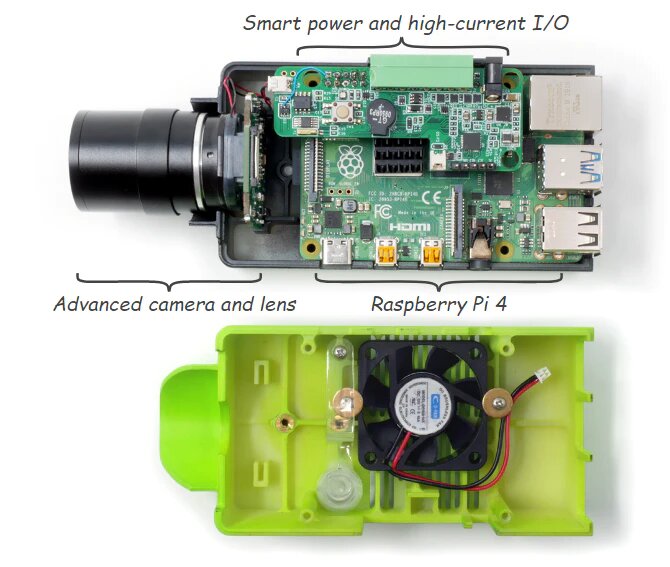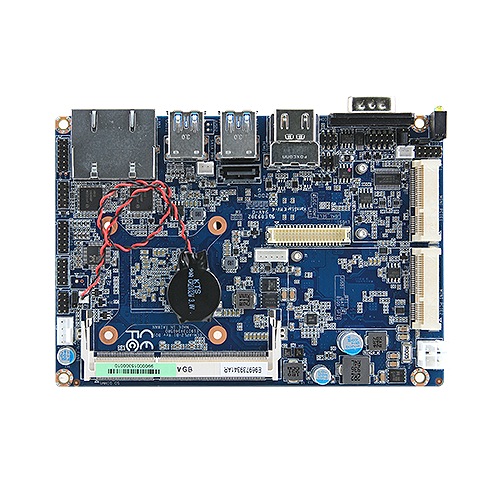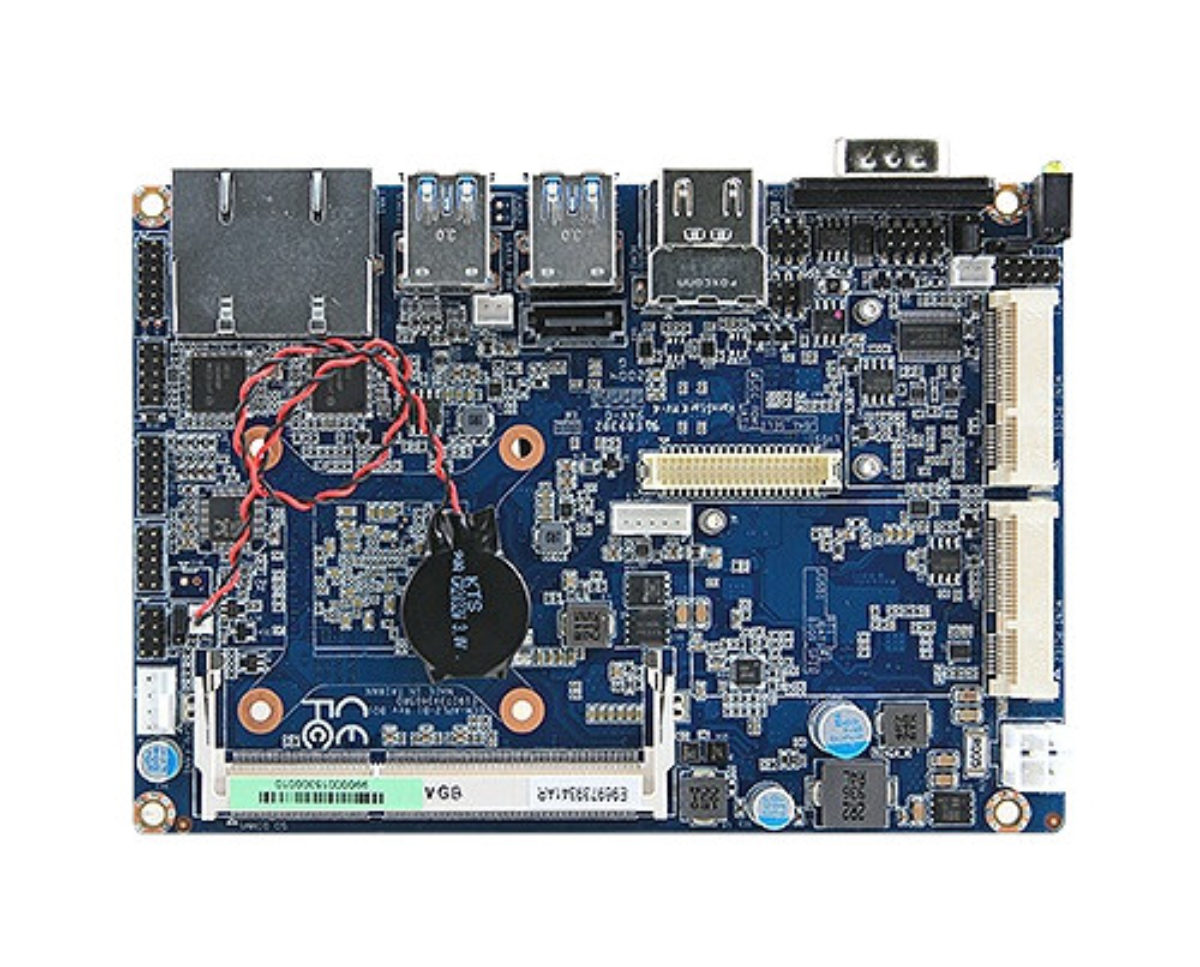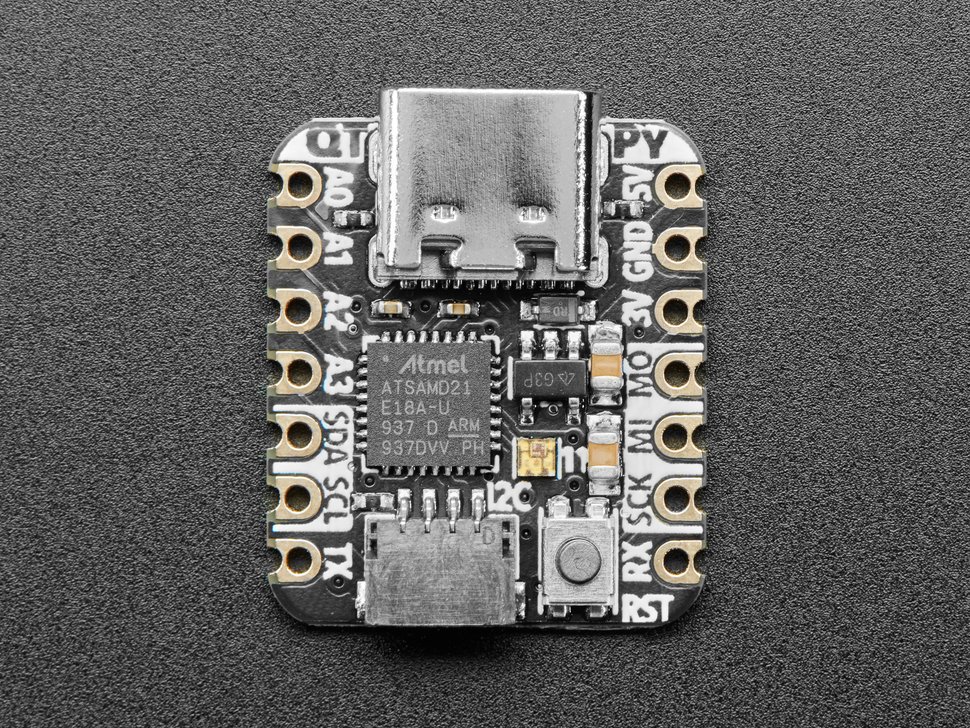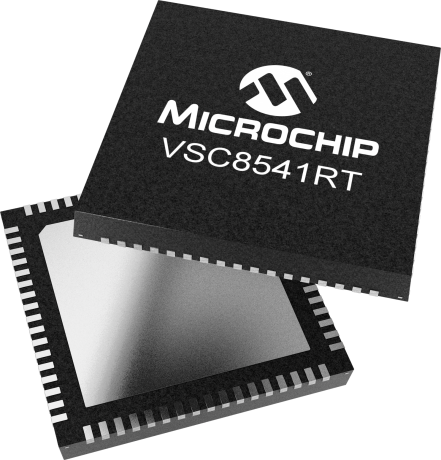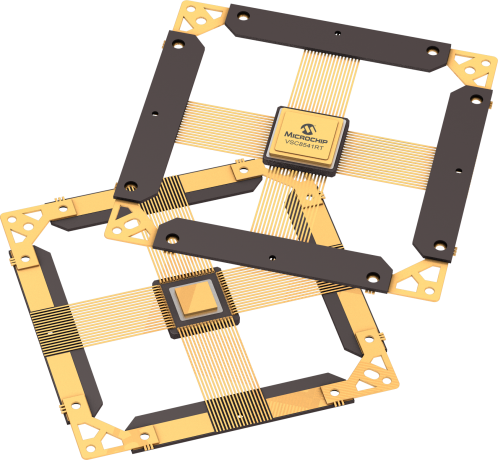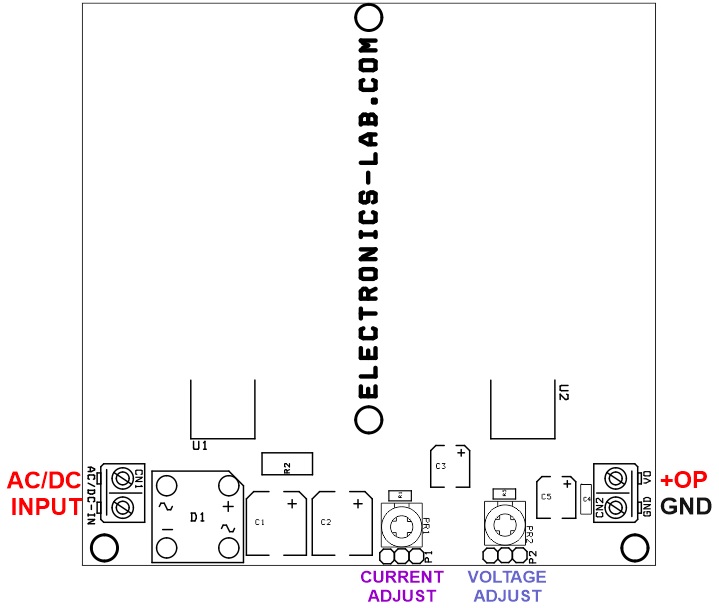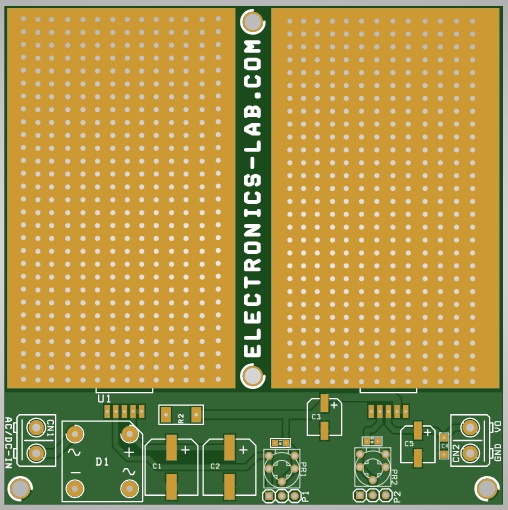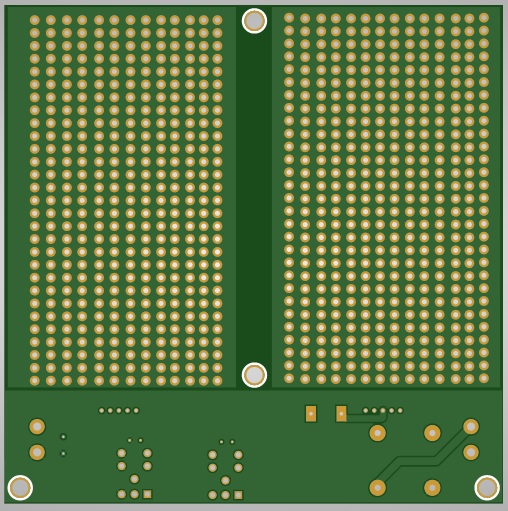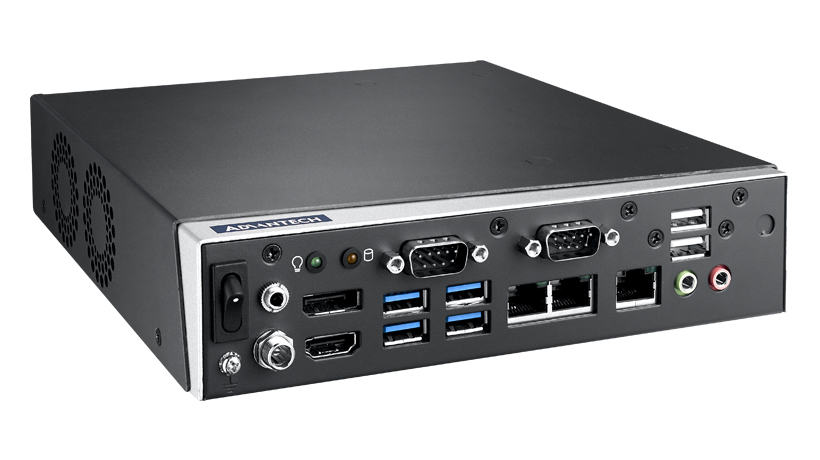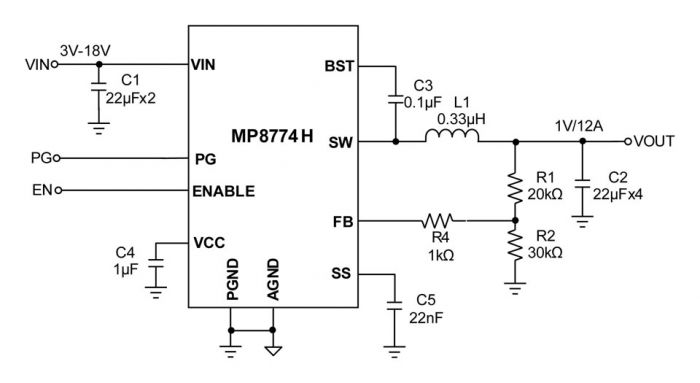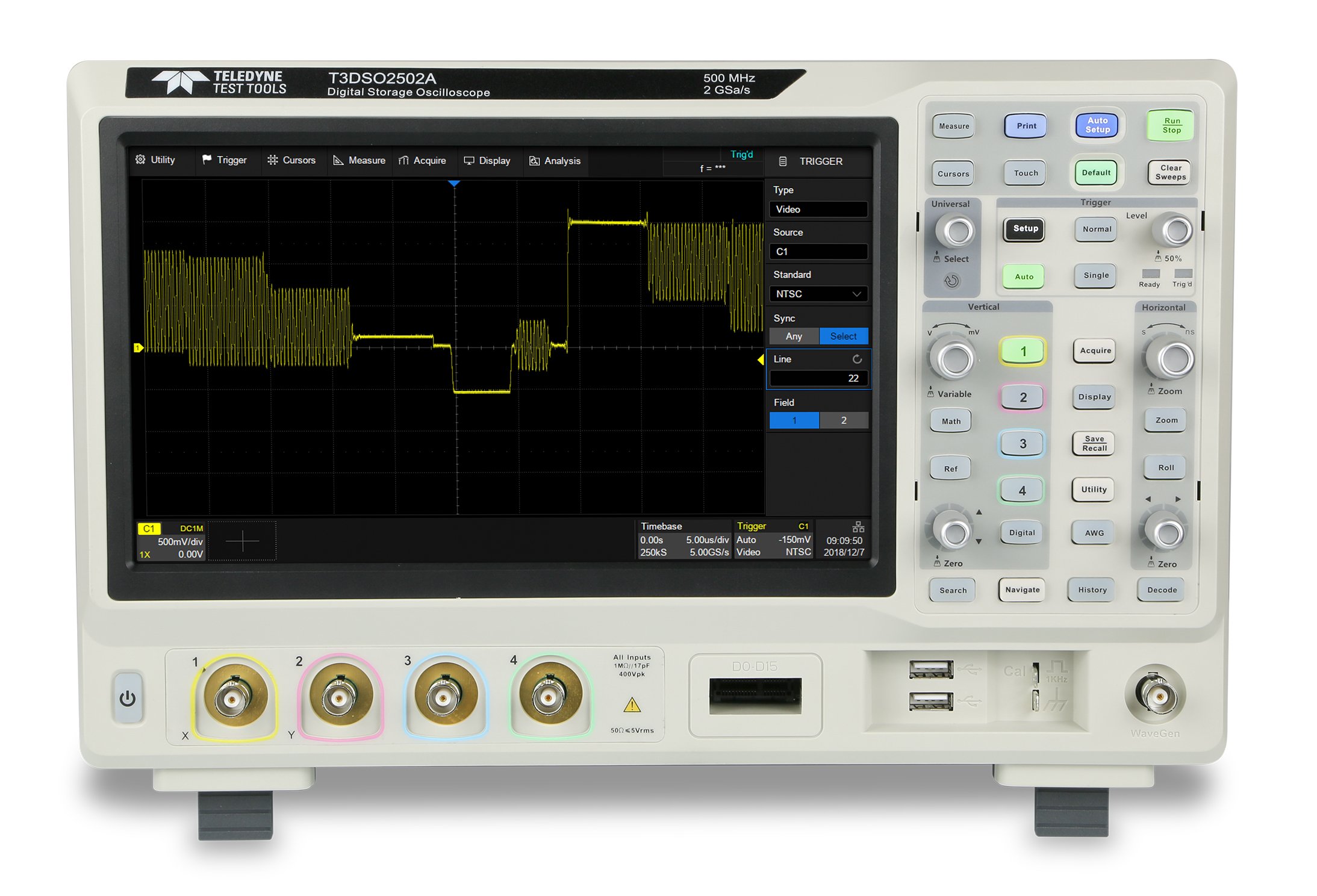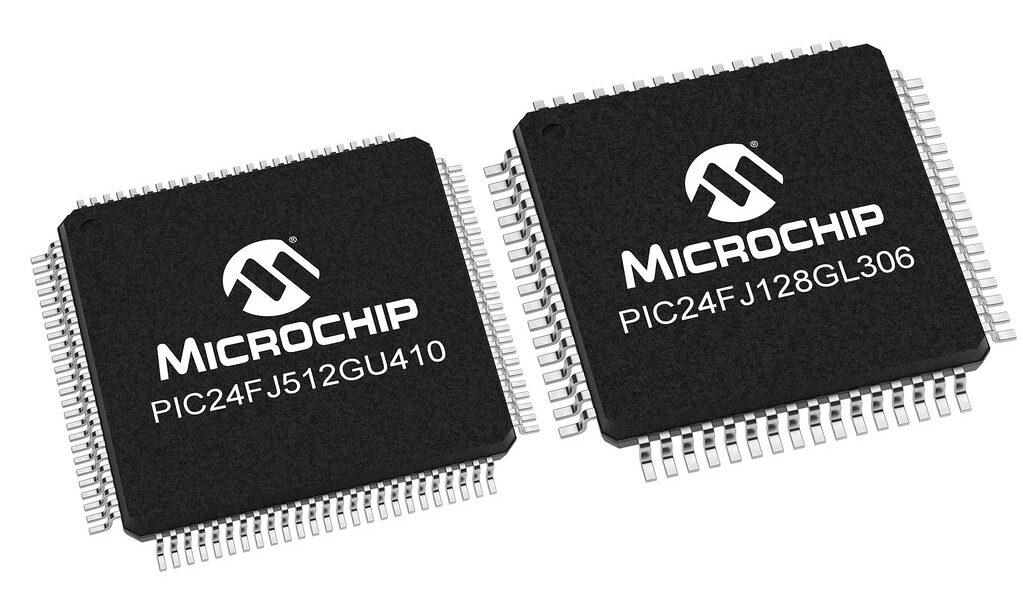
Low power MCU family offers power-saving peripherals, hardware safety, and secure code protection
System developers of battery-powered and other power-conscious designs with and without LCD displays can now easily add an array of innovative features using a new line of PIC® eXtreme Low Power (XLP) microcontrollers (MCUs) from Microchip Technology Inc. Packed with 14 types of Core Independent Peripherals (CIPs) that operate outside the Central Processing Unit (CPU) for power savings, the PIC24F GU and GL families of MCUs feature the CIP called LCD with Autonomous Animation.
Most display applications involve a few common animations like periodically alternating between displays and blinking of pixels to indicate operation. By using the integrated LCD driver with autonomous animation, developers can offload most of these simple animation routines from the CPU, allowing animation even in doze, idle or sleep modes for optimal power savings. To assist in quickly designing such display interfaces, the new MCUs come with MPLAB® Code Configurator (MCC) support. This graphical programming environment with LCD display designer helps eliminate the meticulous and time-consuming task of mapping the pins and segments.
“The latest family of PIC MCUs adds new hardware features that improve low power performance, code protection and reliable operation in applications across multiple segments,” said Joe Thomsen, vice president of Microchip’s MCU16 business unit. “This scalable family of devices enable applications from cloud-connected low-power IoT nodes and sensor systems to automotive, consumer and industrial automation applications and helps developers easily add displays, robustness and security to their designs.”
The new MCU families are also designed to make it easy to increase the security of an application, whether it is connected to the Internet or a standalone system. Microchip’s CodeGuard™ security Flash protection enables segmenting memory into boot and general segments to implement memory access restrictions. The Flash memory is configurable as One Time Programmable (OTP) via Microchip’s In-Circuit Serial Programming™ (ICSP) write inhibit feature that disables any further modification of the Flash through external programmers/debuggers. Together with these features, security can be further enhanced using Microchip’s CryptoAuthentication™ devices as a companion chip to add secure over-the-air updates and pre-provisioned cloud services. Lastly, the MCUs are supported by CryptoAuthLib, 16-bit bootloader, USB and many application libraries in MCC to significantly reduce development time and complexities.

The integrated hardware safety features of the PIC24F GU and GL families enable reliable operation in harsh environments through Flash Error Correction Code (ECC), Deadman Timer (DMT), Windowed Watchdog Timer (WWDT), Fail-Safe Clock Monitor (FSCM), Configurable High-Low Voltage Detect (HLVD) and Cyclic Redundancy Check (CRC).
Capable of operating in harsh environments, the MCU families are ideal for automotive, industrial and consumer applications. They feature an extended operating temperature of up to 125 °C, are automotive AEC Q100 Grade 1 qualified and have a diagnostic library for IEC 60730 (household appliances) Class B safety standards.
Development Support
The PIC24F GU and GL MCUs are supported by Microchip’s MPLAB® development ecosystem including Microchip’s free MPLAB X Integrated Development Environment (IDE) and MPLAB Code Configurator. Other supporting boards include the PIC24F LCD and USB Curiosity Development Board, PIC24F LCD Curiosity Development Board, and the PIC24FJ512GU410 and PIC24FJ128GL306 General Purpose Plug-In Modules (PIMs) for the Explorer 16/32 Development Board.
Pricing and Availability
The PIC24F GL3 family with integrated LCD is available in 28-, 36-, 48- and 64-pin packages as small as 4×4 mm (uQFN). Memory ranges from 64 KB to 128 KB Flash and 8 KB RAM. The PIC24F GU4 / GL4 family with integrated LCD and USB is available in 48-, 64-, 80- and 100-pin packages with memory ranges from 128 KB to 512 KB Flash and 32 KB RAM. Prices start at $0.97 in high volume for the PIC24FJ64GL302-I/SS.
Development boards are available now:
- PIC24F LCD and USB Curiosity Development Board (DM240018 – $48.00)
- PIC24F LCD Curiosity Development Board (DM240017 – $45.00)
- Explorer 16/32 Development Board (DM240001-2 – $79.99)
- PIC24FJ512GU410 General Purpose Plug-In Module (MA240041 – $25.00)
- PIC24FJ128GL306 General Purpose Plug-In Module (MA240040 – $25.00)
For additional information, contact a Microchip sales representative, authorized worldwide distributor or visit Microchip’s website. To purchase products mentioned here visit our purchasing portal or contact a Microchip authorized distributor.
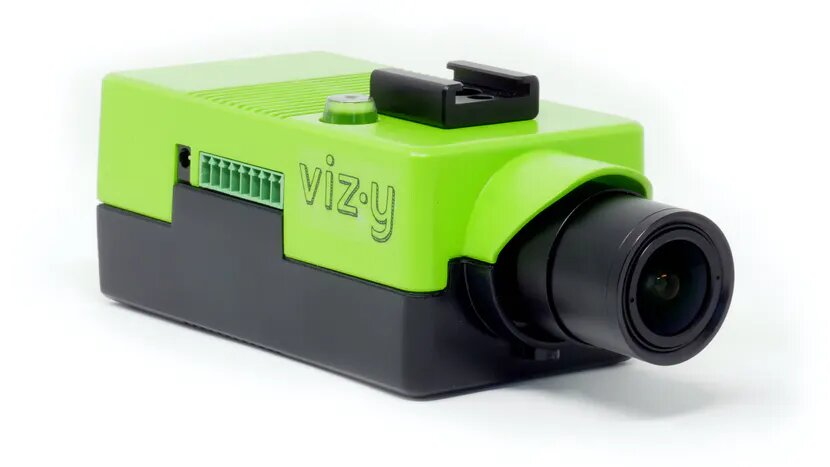 Charmed Labs, a company from Texas, has unveiled its AI-driven Vizy camera. This little camera takes benefit of its onboard deep learning neural networks for objects, people, and animal detection. Vizy only utilizes its single, internal Raspberry Pi 4 for processing and classifying the input images locally without the help of any host PC. One such AI-powered camera was MegaAI – a 4K, 60 FPS camera solution for computer vision.
Charmed Labs, a company from Texas, has unveiled its AI-driven Vizy camera. This little camera takes benefit of its onboard deep learning neural networks for objects, people, and animal detection. Vizy only utilizes its single, internal Raspberry Pi 4 for processing and classifying the input images locally without the help of any host PC. One such AI-powered camera was MegaAI – a 4K, 60 FPS camera solution for computer vision.